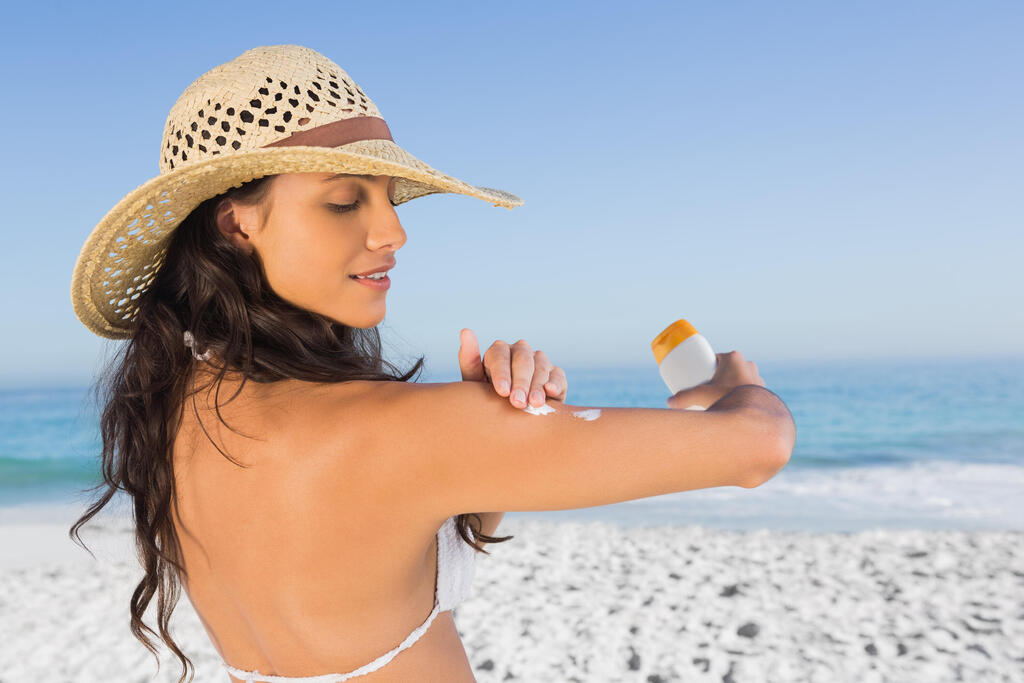Getting your Trinity Audio player ready...
Social media influencers are promoting anti-sunscreen trends, advising followers to skip sunscreen or use ineffective household oils like olive oil for tanning, perpetuating myths that sunscreen ingredients cause cancer, skin damage, hormone disruption, and skin darkening, despite a lack of scientific evidence.
Young adults, particularly Gen Z, are more likely to believe sun safety myths and engage in risky sun behaviors, such as not wearing sunscreen or believing tans don't cause skin cancer.
Dermatologists and health organizations strongly disagree with anti-sunscreen claims, emphasizing the importance of daily broad-spectrum sunscreen use with an SPF of 30 or higher to prevent skin cancer and damage and advise seeking professional medical guidance from dermatologists for accurate information on sunscreen and sun protection.
Surveys show more people are becoming complacent about sun safety, believing the dangers of sunbathing are exaggerated, and that there is no need to wear sunscreen when it's cloudy.
Excessive UV radiation exposure can damage skin DNA, leading to sunburns, premature aging, and skin cancer. Proper sun protection measures, including using broad-spectrum, water-resistant sunscreen with SPF 30 or higher, are recommended for good health.
Cloudy skies do not fully protect from UV rays. It's still necessary to apply sunscreen even on cloudy days.
Skin appearing darker with sunscreen may be due to rare allergies or prolonged sun exposure, but sunscreen ingredients are not proven to cause increased skin cancer rates or significant absorption into the bloodstream, according to FDA studies and dermatologists.
While wearing sunscreen reduces the production of Vitamin D in response to UV rays, Vitamin D deficiency is less common than believed, and Vitamin D does not reduce cancer risk.
Chemical and physical sunscreens work differently based on their ingredients. Chemical ones absorb the sun's rays, while physical ones reflect them. Higher SPF numbers don't always mean better protection, as SPF 50 blocks 98% of UV rays, and SPF 100 blocks 99%. No sunscreen can offer complete protection.
SPF measures how long a sunscreen protects against UVA and UVB rays based on skin burning time without protection. Reapply sunscreen every 2 hours, and apply it 10 to 15 minutes before water activities.
Waterproof sunscreens are not truly waterproof
Sunscreen, when used correctly with broad-spectrum protection, high SPF, and water resistance, significantly reduces the risk of skin cancer. Both chemical-based and mineral-based sunscreens are safe and effective options, with mineral sunscreens preferred by those with sensitive skin due to lower irritation chances.
Misunderstandings and misinformation exist about sunscreen efficacy for those with more melanin, but all skin tones are susceptible to sun damage and skin cancer risks.
Makeup or moisturizer with SPF is not enough for adequate sun protection. They are a good addition but cannot replace sunscreen.
Sunscreen does not block 100% of UV rays, allowing the body to produce vitamin D essential for absorbing calcium and phosphorus.
Sunscreen expires over time, becoming less effective. Check the expiration date on the bottle and store it away from direct sunlight or heat.
This article was written in collaboration with Generative AI news company Alchemiq
Sources: Axios, Los Angeles Times, CNET, The New York Times, CBS News, Scientific American, WNYC, The Statesman, News Literacy Project, 9NEWS , The Daily Item, Netmeds, MassLive, HealthShots, Business Times, MundoNow, KOTA-TV, The Davidsonian, ExBulletin.


